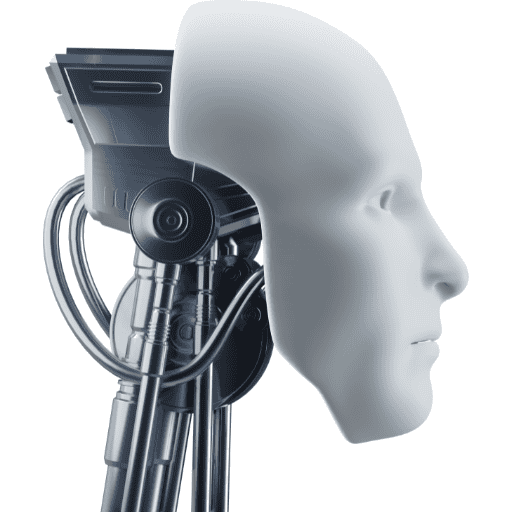James Cameron and the Future of AI in Film

The film industry is on the cusp of a technological revolution, and once again, James Cameron is at the forefront.
Known for his revolutionary use of special effects in films like “Avatar” and “Terminator 2,” Cameron has recently joined forces with StabilityAI, a company recognized for its text-to-image generator, Stable Diffusion. This collaboration could mark a significant shift in how films are created, pushing the boundaries of computer-generated imagery (CGI) through cutting-edge AI technology.
Cameron’s Vision: AI as the New CGI Muse
James Cameron has always been a visionary, seeking out and leveraging emerging technologies to enhance storytelling. As he puts it, “I’ve spent my career seeking out emerging technologies that push the very boundaries of what’s possible, all in the service of telling incredible stories… Now, the intersection of generative AI and CGI image creation is the next wave.” Cameron aims to utilize StabilityAI’s new tool, Stable Video Diffusion, to pioneer the integration of AI in CGI, potentially leading to unprecedented levels of realism and complexity in visual effects.
StabilityAI’s Role in the New Era
StabilityAI is well-known in the tech world for its Stable Diffusion tool, which generates images from textual descriptions. Now, they are venturing into video with their new product, Stable Video Diffusion. Cameron’s expertise promises to be a valuable asset in this endeavor, offering a blend of artistic vision and technological acumen that could significantly enhance the capabilities of AI-generated video. With Cameron aboard, StabilityAI is poised to make considerable strides in the realm of AI-powered video creation.
A Hotly Debated Innovation
The introduction of AI into filmmaking has sparked considerable controversy. Proponents argue that AI-generated video can streamline production processes, allowing for more intricate and ambitious effects. Critics, however, remain skeptical. Notable filmmakers have expressed strong reservations about the role of AI in cinema.
Guillermo del Toro dismissed AI-generated video as producing nothing more than “semi-compelling screensavers.” Michael Bay was blunt in his criticism, stating that it “will create a whole bunch of lazy people” because AI “doesn’t create, it just imitates.” Perhaps the most vehement opposition comes from Hayao Miyazaki, who called AI-generated video “an insult to life itself.” These criticisms underscore the ongoing debate about the place of AI in creative industries.
Navigating the Competitive Landscape
StabilityAI isn’t alone in this ambitious venture. OpenAI has introduced “Sora,” which has already captured the interest of Hollywood studios. Runway has forged a partnership with Lionsgate, and MiniMax, a tool from China, is gaining momentum for its high-quality video generation. The competition is fierce, and StabilityAI’s success will hinge on both the technological advancements they bring to the table and Cameron’s innovative vision.
The Legal Quagmire of AI
The use of AI in video generation brings up significant legal and ethical issues, particularly concerning copyright. AI tools are trained on vast datasets of online images, many of which are copyrighted. Getty Images has already taken legal action against StabilityAI over alleged copyright infringements. This legal battle highlights the broader concern about the ethical use of AI in content creation and the potential repercussions of using large datasets without proper authorization.
Potential Implications: The Future of Film and Art
The implications of Cameron’s collaboration with StabilityAI are vast and multifaceted. On one hand, there is the possibility of accelerating the development of CGI, making visual effects more realistic and detailed than ever before. This could fundamentally alter the landscape of film production, making high-quality effects accessible even for smaller studios.
On the other hand, there are significant concerns about the impact on jobs within the industry. As AI becomes more integrated into filmmaking, there could be a reduction in the need for human artists and technicians, reshaping the job market and possibly stifling the creative processes traditionally driven by human imagination.
Furthermore, the ethical and legal debates surrounding AI-generated content will continue to be a significant point of contention. The industry will need to navigate these challenges carefully, balancing innovation with respect for intellectual property and the preservation of artistic integrity.
Conclusion: A Tipping Point for Cinema
James Cameron’s foray into the world of AI with StabilityAI could herald a new era in filmmaking. While the potential benefits are enticing, the ethical and artistic dilemmas cannot be ignored. The future of cinema stands at a crossroads, and the industry will be watching closely to see how this groundbreaking collaboration unfolds.
